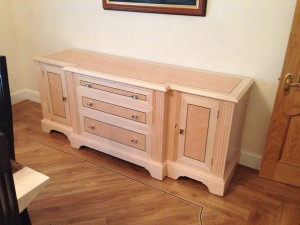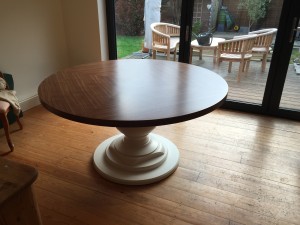Decorative wood veneers are incredibly popular in interior design right now in the 21st century. But they are certainly nothing new. In fact, the use of real wood veneers dates back 4,000 years.
- paul@readveneersltd.co.uk
- 01277 811771
Sarah Mac
In 2015, Paul Read and the Couch Classic team raised more than £15,000 for the charity Teens Unite. This year however the bar has been raised and collectively the team is looking to achieve a hugely significant £60,000.
Wood veneers can be used to create beautiful focal features within a living room or achieve an impressive overall look that can be either contemporary or classic.
Wood veneers are more environmentally friendly than solid wood. Here we discuss why you should be looking for a ‘veneer in ‘ere’, rather than the opposite.
In October our Paul Read and 20 other eager cyclists made their way to the Spanish Balearic island of Mallorca to make the journey from Cala D’or to Palma with the aim of raising money for Teens Unite and in memory of Gerry Couch who tragically passed away after a car accident in Mallorca in June 2015.
Wood veneers go through fashionable stages just like any interior design craze. Right now we’re seeing great demand for American oak, in a quarter cut finish.
Working in a veneering factory we are at the sharp end – the dusty end if you like – of the interior design business. Whilst there’s nothing glossy about the work we do, it’s actually incredibly important in achieving those amazing, eye-catching finishes that adorn stunning public buildings, popular entertainment venues, hotels and fine homes.
Read Veneers has recently produced an impressive collection of reproduction furniture complete with stunning marquetry for a leading furniture maker. The impressive furniture was crafted by a team of specialist furniture makers and Read Veneers completed the final finishing touches with unique, custom made veneers and marquetry.
The way veneers are positioned together can make a huge difference to the finished product. The overall look of the veneered product, whether a door, a piece of furniture or an entire kitchen, determines the technique that’s used. In general, to create a veneer with a first-class finish, a great deal of attention must be paid to the grain of the wood, the patterns of the natural material and the flow of the natural lines.
Wood veneering is a common practice in furniture and fixture making. Many items of furniture, flooring, doors and kitchen units in homes and workplaces are veneered and often it’s done to such a high standard that it is difficult to know which are veneered and which are solid wood.










